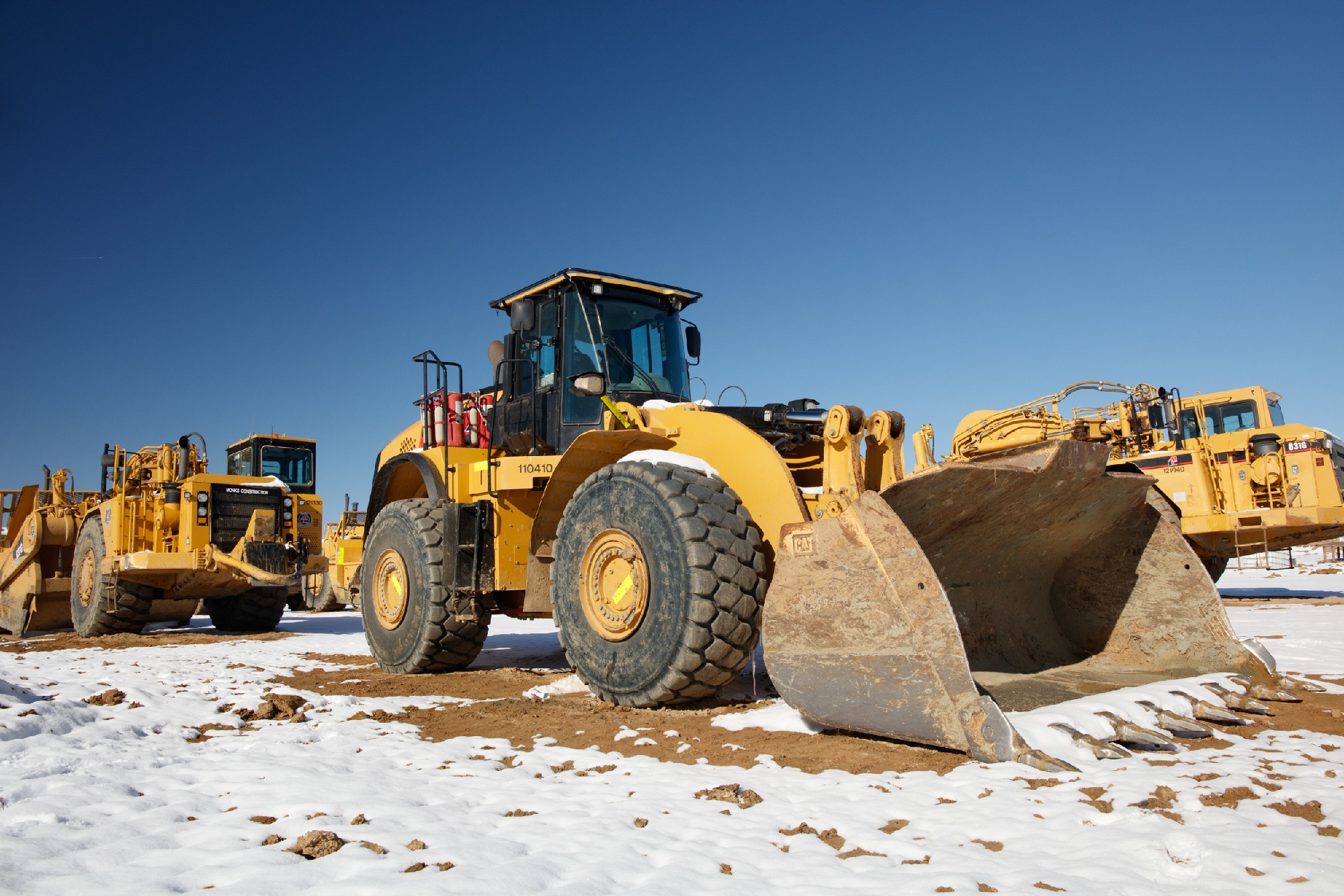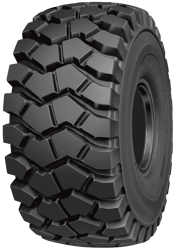Seven Tips to Improve Wheel Loader Safety
Wheel loaders play an integral role in load, haul, and dump operations like mining, construction, and waste management. Like any piece of heavy equipment that offers such powerful benefits, this valuable machinery also presents serious risks if not used and managed properly. The following are a few best practices to help your employees and technicians stay safe.

7 Tips for Wheel Loader Safety
Below are seven best practices for improving wheel loader safety.
1. Pre-operation Inspection
Before beginning the day, operators should perform a basic check on the wheel loader to ensure everything is working correctly. Things to look for on a walkaround include:
- Signs of leaks underneath the machine
- Tire wear or damage like bulges and cracks
- Condition of pins and bushings
- Ensure lights and windshield wipers are working
- Visibility aids like mirrors, cameras, and object detection alerts are operational and properly adjusted
A quick daily wheel loader inspection not only increases site safety but also can improve the lifespan of equipment, reduce downtime, and improve efficiency.
2. Wear Your Seatbelt
Modern wheel loaders are equipped with a variety of high-tech safety features ranging from object detection to emergency braking. That said, the simple seatbelt plays a vital role in the safety of operators in the event of an accident. Mine Safety and Health Administration (MSHA) engineers estimate that if seat belts were used universally, they would save the lives of three to four miners annually.
Because of a seatbelt’s integral role in wheel loader safety, no one other than the operator should ride on a wheel loader.
3. Avoid Overloading Equipment
Equipment manufacturers build machines to certain tolerances, including how much they can carry, their straight tipping load, and their full-turn static tipping load. Exceeding the capabilities of a machine increases the likelihood of an accident like a rollover. It also puts added strain on equipment—including tires—which causes extra wear and tear and increases the odds of machine downtime.
4. Evenly Load Buckets
Even if you stay within the load capacity of a piece of equipment, things can go wrong if the load is unevenly distributed in the bucket. For example, if the majority of the material in a bucket is concentrated on one side, it can affect a machine’s center of gravity, put extra stress on its hydraulics, and increase the chances of an accident or downtime.
5. Proper Bucket Position
When carrying a load, keep the bucket of the wheel loader low for better stability and visibility. Traveling with loads high in the air raises the center of gravity of a wheel loader and increases the odds of the machine tipping over. A high-raised load also increases the risk of damage or an accident caused by debris falling from the bucket.
Although it’s important to travel with the load low for better balance and sightlines, be sure to keep it raised high enough that it doesn’t hit the ground.
6. Travel Correctly on Inclines
Position the heaviest end of a wheel loader carrying a bucket on the uphill side when moving up and down slopes for improved stability. Doing this keeps the less stable end of the machine at the high point of the incline, lowers the equipment’s center of gravity, keeps it in better balance, and ultimately reduces the chances of a rollover.
Similarly, avoid driving wheel loaders across slopes. Doing so is a recipe for side overturns.
7. Operator Awareness
Ensure your equipment is in good working order and properly operate your machine. Awareness of your surroundings plays a considerable role in wheel loader safety. A few ways you can improve site safety include:
- Know your machine’s blind spots and use a spotter when necessary
- Use caution in pivot areas and check that no one is near these scary pinch points
- Reduce speed when working on tight sites, in challenging terrain, or carrying a heavy load
- Move cautiously in congested areas and on rough surfaces
- Be conscious of overhead hazards like power lines
A good practice is to scout the work route in advance and think about what you will do before doing it.
Yokohama RT41
 By using application-specific tires that are engineered to meet the demands of particular jobs and terrain, you can also help improve the safety and efficiency of wheel loaders. Tires like the Yokohama RT41 steel-belted radial tire are designed to provide high traction, excellent stability, and long-lasting service to wheel loaders working in demanding applications.
By using application-specific tires that are engineered to meet the demands of particular jobs and terrain, you can also help improve the safety and efficiency of wheel loaders. Tires like the Yokohama RT41 steel-belted radial tire are designed to provide high traction, excellent stability, and long-lasting service to wheel loaders working in demanding applications.
The RT41 features a high turn-up carcass to bring added stability (and safety) to wheel loaders carrying heavy loads and operating in uneven terrain. The non-directional block tread featuring zigzag-shaped grooves of the RT41 delivers exceptional traction, helping operators work efficiently and safely.
The RT41 is built tough with steel belts, a wear- and cut-resistant tread compound, and buttress side protection. All of this adds up to a tire that you can trust to deliver long-lasting performance and keep downtime to a minimum.
Benefits of the Yokohama RT41
• Very deep tread: 2.5x the tread depth of a standard OTR tire for improved stability, reduced downtime, and longer service life in mining and quarrying applications
• Radial construction: provides a large footprint for optimal traction
• Non-directional block-tread pattern: provides traction on soft surfaces and abrasion resistance on hard surfaces
• High turn-up carcass: ensures long service life and delivers excellent stability
• Buttress side protector: guards against damage to the sidewall and shoulder area
• Enhanced tread compound: designed to resist wear and cuts
